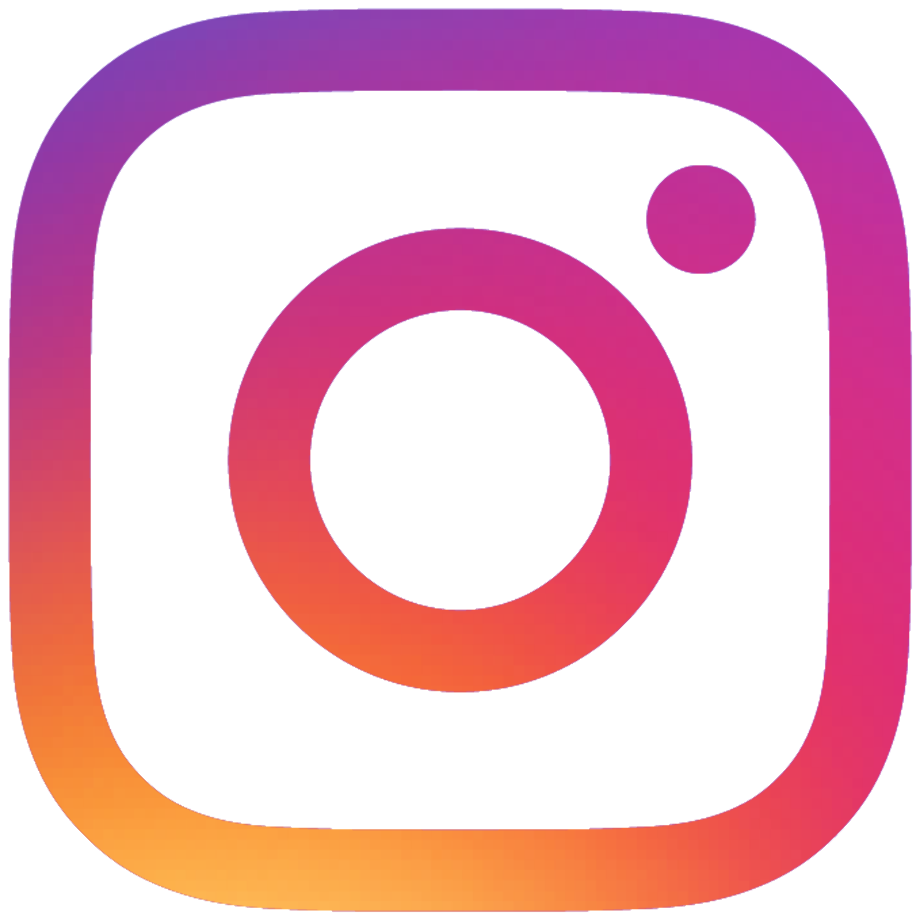

(Answer: Light helps us see, engineers design and build new lighting devices and design lighting systems for public and private spaces.) Review the five vocabulary words again and review why engineers care about light.Give students time to share what they discovered through this activity, as well as which objects they chose to investigate for their last two objects.Discuss the differences in transparencies of the various objects. Grouping the transparent, translucent and opaque objects together, ask students to help you arrange the objects in a line from transparent to opaque according to how easy it is to see through the object. Once students have completed the worksheets, gather the class back together.Assist students in choosing two additional objects to investigate.Encourage and help students, as needed, as they examine the objects listed on the worksheet. Divide the class into groups of two students each.(See the Introduction/Motivation section.) As a class, come up with easy-to-remember definitions for each of these five new terms (transparent, translucent, opaque, reflection, refraction).Make copes of the Light Scavenger Worksheet, one per group.The "My Notes" section of the Light Scavengers worksheet is for students to state any additional observations or questions they have about each object. The objective of this activity is for students to investigate different materials to see if they are translucent, transparent or opaque, and if they reflect, refract or transmit light. Now that you know more about engineering, let's get started! Other engineers design new types of light fixtures, including some that are more energy efficient, which means they use less energy. Who would like to share their answer? Great! You are right – lighting engineers design lighting for spaces, including small rooms and big concert halls. Okay, we're almost ready to get started, but I just have one question for you: What does light have to do with engineering? (Answer: See Pre-Activity Assessment.) Let's think about it for a minute and see what we decide. Eight of them are listed on your worksheet, and the last two you can choose yourselves. Great job, everyone! Now that we all understand what our new vocabulary words mean, I am going to divide the class into groups of two and give you a chance to investigate 10 different objects. And, reflection means the light comes back towards me refraction means the light is bent inside the object.) Some ideas are: transparent means clear translucent means a little harder to see through opaque means you cannot see through it at all. Remind them to check the board for these definitions if they are not sure during the activity. If students are struggling, work with them to create simple definitions and write them on the board next to the words. (Write the following words on the white/chalk board: transparent, translucent, opaque, reflection, refraction)Ĭan you think of short definitions for each word? (Ask students to raise their hands to answer. Let's write the words on the board and see if we can come up with some clear definitions. Now that we have talked about our five important light vocabulary words, you have a chance to work together to investigate some objects and see how they interact with light! First, we need to come up with an easy way to remember what all of our new words mean. Students should be comfortable with the material covered in lessons 1-6 of the Sound and Light unit. Light Scavengers Worksheet Answers (pdf) Visit [ to print or download.


 0 kommentar(er)
0 kommentar(er)
